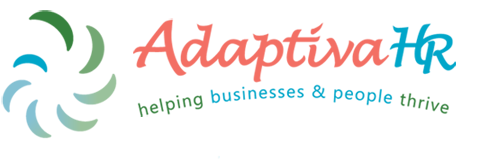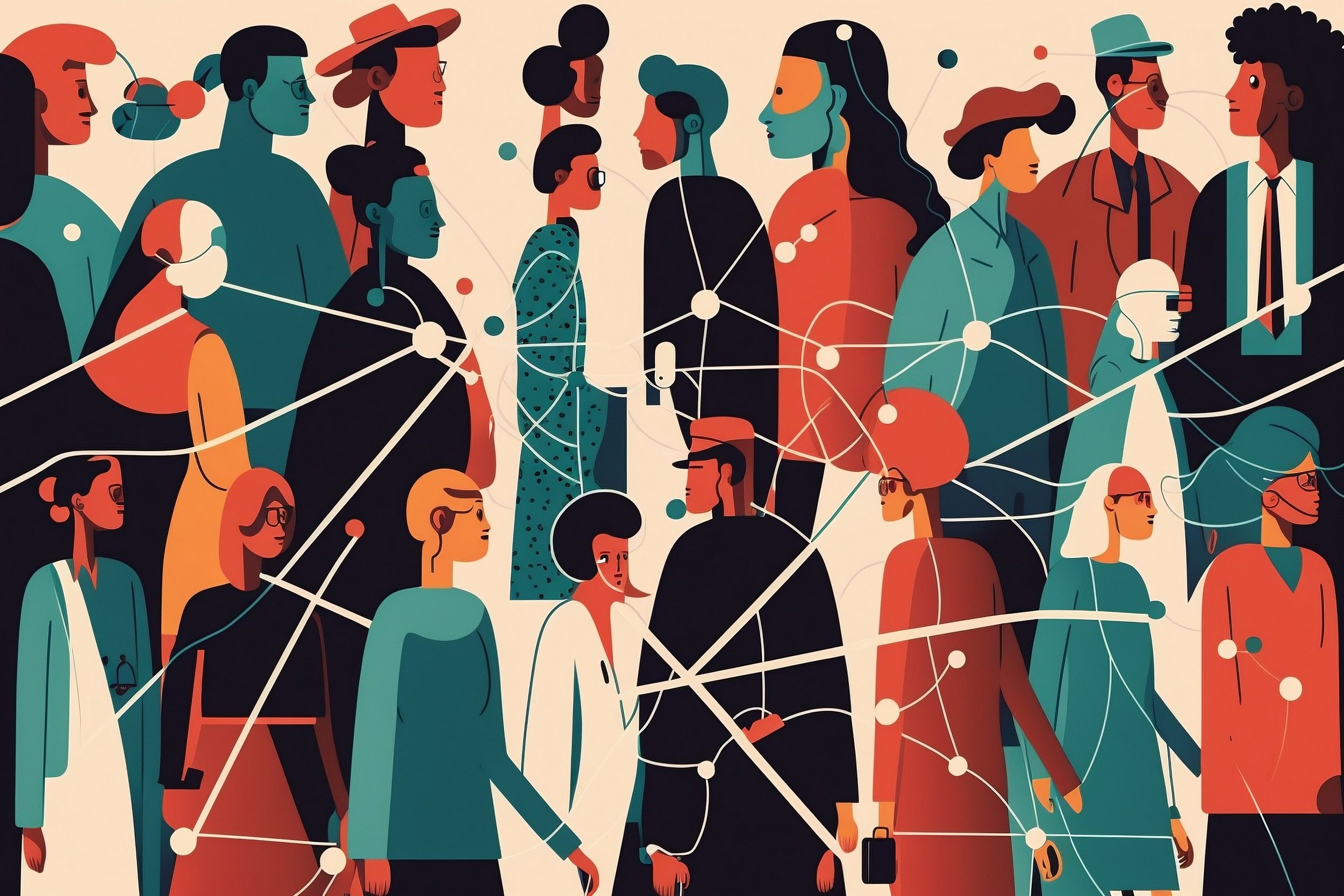Systemic DEI at Work
What is Systemic DEI at Work?
Jennifer Jacobs, HR Consultant for People, Culture, and Compliance
The antidote to systemic discrimination at work (whether intentional or not) is systemic efforts to increase diversity, equity, and inclusion. In the workplace, systemic DEI shows up when policies and practices across the organization intentionally address day-to-day processes, interactions, and decisions rather than implementing stand-alone initiatives. While a specific effort may be necessary for corrective action (for example, unconscious bias training for recruitment), the emphasis is on systems and sustained changes.
Systemic DEI in Practice
One system that is ripe for change is the performance review process. Too often the opinion (outside of HR, that is!) is that it is merely a bureaucratic exercise, one that all parties dread. At its worst, it can be a means to reinforce systemic discrimination. How employees are evaluated–and sometimes literally ranked–on standards of appearance, behavior, and performance can be (often is) based on a biased definition of what is acceptable. As discussed in a 2018 New York Times article, “The reality…is that ‘professional white women’ are the invisible norm” when it comes to these standards. A critical examination of what “professional” means for performance measures is essential for your workplace. When we approach the review process from a systemic DEI perspective, we need to ask the following questions (as a place to start) and get input from a variety of stakeholders:
Why is it important for us to have a performance review process?
What are we trying to assess?
How can we do that in a way that demonstrates the value of diversity?
If we are going to reimagine this process let’s rename it to reflect a systemic shift in purpose.
What comes to mind when you think of a Performance Review Process?
Now, what comes to mind for an Employee Work Experience Review?
Which one conveys an employee-centered, holistic, supportive approach that encourages meaningful dialogue? The name itself is not the driving force behind the change, but words do matter. If you are going to create something more substantive than a scrutiny-and-summary-judgment-of-the-responsibilities-an-employee-performs, the name of the process should reflect that.
The substance of this shift is to create a review process that is transparent and provides a structure for the employee and the supervisor to holistically reflect on the employee’s work experience. All parties (including colleagues if appropriate) should be asked about areas in which the employee is excelling as well as obstacles to success (in whatever way, big or small). Invite the employee to be part of finding solutions to address the obstacles, including how the supervisor and employer can support them.
If there are areas of growth related to not fully satisfying responsibilities, be clear about what those are and what is needed to demonstrate improvement (also, this should not only come up during a review period). Ask about professional goals, making sure the employee knows what is needed for a path of development, promotion, and wage increase. Be aware of any limitations you may be imposing (out loud or in your head) about the employee’s abilities or desires.
As part of this process, include questions that can reveal potential conscious or unconscious bias that would negatively impact an employee’s work experience. Keep in mind that bias may not show up in their job performance. Many employees who experience workplace bias find ways to deal with it, making the impact invisible but still harmful...this is a survival skill.
If it is not one you know, you probably have not experienced systemic discrimination.
That statement isn’t a judgment, it is a moment of awareness. The ability to cultivate that kind of awareness is essential to systemic DEI. Embracing systemic DEI means not shying away from looking for systemic discrimination to rear its head. It has been baked into norms for far too long to evaporate with good intentions.
Systemic DEI and Empowering Employees
Just like electricity, power moves throughout a workplace but is rarely discussed. Power shows up in any decision that is made, no matter how big or small. Power can be concentrated or distributed. When an employer is committed to systemic DEI, they consciously develop processes that empower employees.
A system that demonstrates what might be perceived as “mundane power” is how meetings are conducted. But if we tease apart the elements of a meeting, we see all the nuanced ways power is exercised. Who decides on the agenda? Who leads? Where does the meeting take place? Who must be there? Who can miss a meeting without it reflecting negatively on them? Who has permission (explicit or tacit) to speak and who is expected to just listen? The list goes on about how power can be seen in something as routine as a meeting.
Applying systemic DEI, look at how meetings are structured at your workplace and create opportunities to empower others. While the details will vary to meet each employer’s unique needs, here are some basic guidelines that can fit a wide range of meetings:
Create a system for collaborative agenda-setting
Rotate who leads or facilitates the meeting
Create a system for mutual accountability for post-meeting tasks
Consciously set norms for the meeting about “air time” when it comes to sharing ideas and discussing agenda items
Decide on a method for making decisions that reflects a commitment to diversity, equity, and inclusion
Provide training and mentorship for the whole team so shared leadership of the meetings is not in-name-only and no one is singled out for a lack of experience in meeting facilitation
This example by no means implies that by itself sharing the leadership of meetings will transform a workplace with a discriminatory culture or address all the forms of unconscious bias.
Systemic DEI must be both senior leadership-driven and grassroots-developed.
Redesigning how meetings are conducted is one brick in building a workplace that does systemic DEI. It should not be a “this is what we are doing about DEI” but “this is how we do DEI.” Look for all the areas that can be, and need to be, addressed.
The scope of systemic DEI cannot be limited to only policies and practices for non-harming. That is the goal of anti-discrimination laws and that bar, while essential, is far too low. Systemic DEI challenges us to recognize when we are making assumptions based on our own experiences and opinions, and how we limit others in doing so (and then doing something about it). It pushes against the “that’s the way we’ve always done it and it hasn’t been a problem” mentality that shows up too often.
Systemic DEI finds ways to support people based on their unique abilities and needs. Employers embracing this approach operate from a growth mindset. They courageously address discrimination and inequities. They shepherd changes through in a way that brings people into the process rather than alienates them.
This can all be done while meeting business needs and organizational goals. As has been well documented, there is a positive correlation between profit, innovation, and employee retention when employers cultivate diverse workplaces. (Washington State University, Carson College of Business, 1/14/2021) The biggest hurdle is deciding that this is essential. Once that is overcome, you will find the resources for how to do systemic diversity, equity, and inclusion and make it the way of operating.

